Introducción a la Cosmología
Del brillante Big Bang hasta las estructuras oscuras y no-lineales del Universo

Escuela de verano alpha-Cen, Agosto 2021
Santiago Casas, PhD

El fondo cósmico de microondas: "Una foto del Big Bang"
Planck 2018 CMB Temperature map (Commander) . wiki.cosmos.esa.int/planck-legacy-archive/index.php/CMB_maps

Grandes Estructuras no-lineales: Materia Oscura y Bariones
Illustris Simulation: www.nature.com/articles/nature13316

Santiago Casas @ alpha-Cen Escuela de Verano, 28.08.2021

La evolución del Universo

- Inflation
- Baryo/Leptogenesis
- Recombination
- Sound waves
- Neutral Hydrogen
- Dark Matter structures
- Galaxies
- Planets
- Dark Energy expansion

Text

La evolución del Universo
- Inflation
- Baryo/Leptogenesis
- Recombination
- Sound waves
- Neutral Hydrogen
- Dark Matter structures
- Galaxies
- Planets
- Dark Energy expansion
- Muchos conceptos complicados
- Necesitarían unos años de estudio
- Trataremos de cubrirlos a grandes rasgos
Santiago Casas @ alpha-Cen Escuela de Verano, 28.08.2021


La evolución del Universo
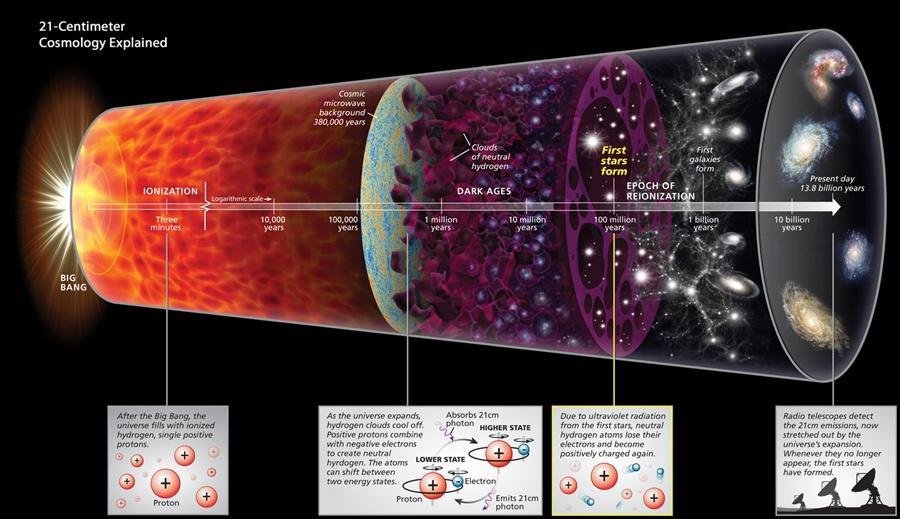
Santiago Casas @ alpha-Cen Escuela de Verano, 28.08.2021

Santiago Casas @ NineHubCR, 17.04.21

La evolución del Universo
- All Hydrogen and almost all Helium were produced in the Big Bang.
- 90% of the visible Universe is made out of Hydrogen.
- Thanks to Big-Bang-Nucleosynthesis: we also know that Universe contains only 5% of standard atoms
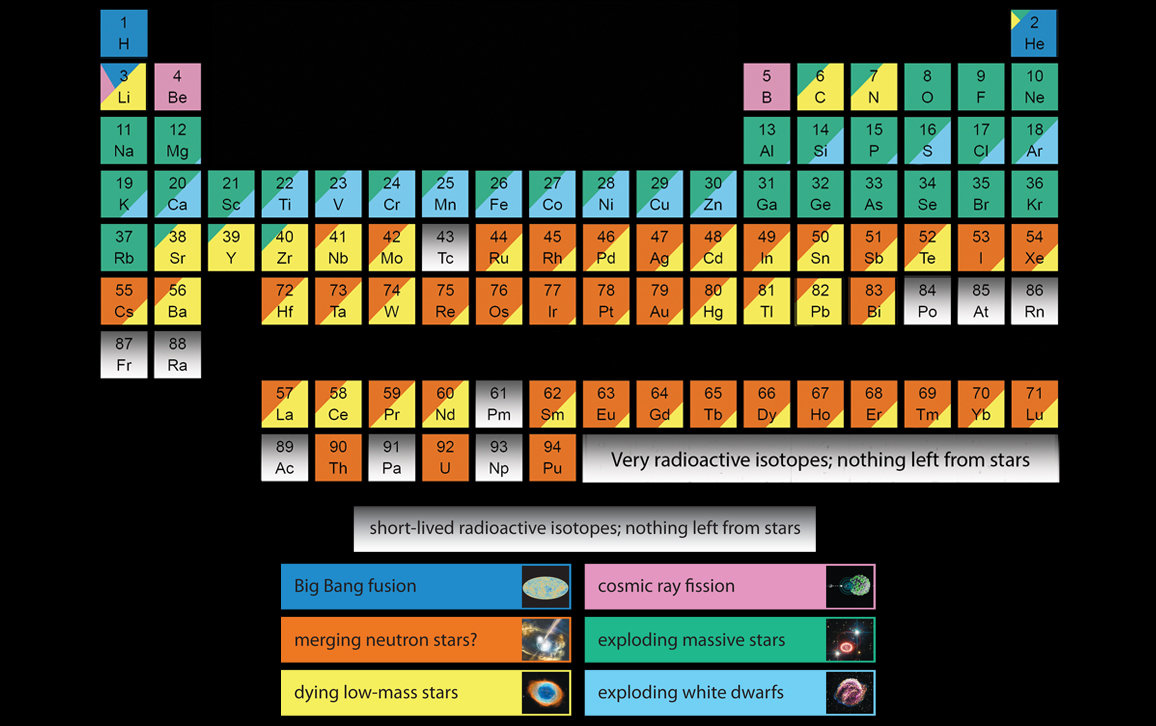
Santiago Casas @ alpha-Cen Escuela de Verano, 28.08.2021

Santiago Casas @ NineHubCR, 17.04.21

Cosmic Microwave Background

We can observe tiny fluctuations in the temperature of the radiation released at recombination ~380.000 years ago
More on this topic in the next lectures by Paulo and Raúl
Santiago Casas @ alpha-Cen Escuela de Verano, 28.08.2021

Santiago Casas @ NineHubCR, 17.04.21

Cosmic Pie
- This helps us determine the composition of the Universe
- ~70% Dark Energy
- ~ 25% Dark Matter
- ~ 5% visible atoms
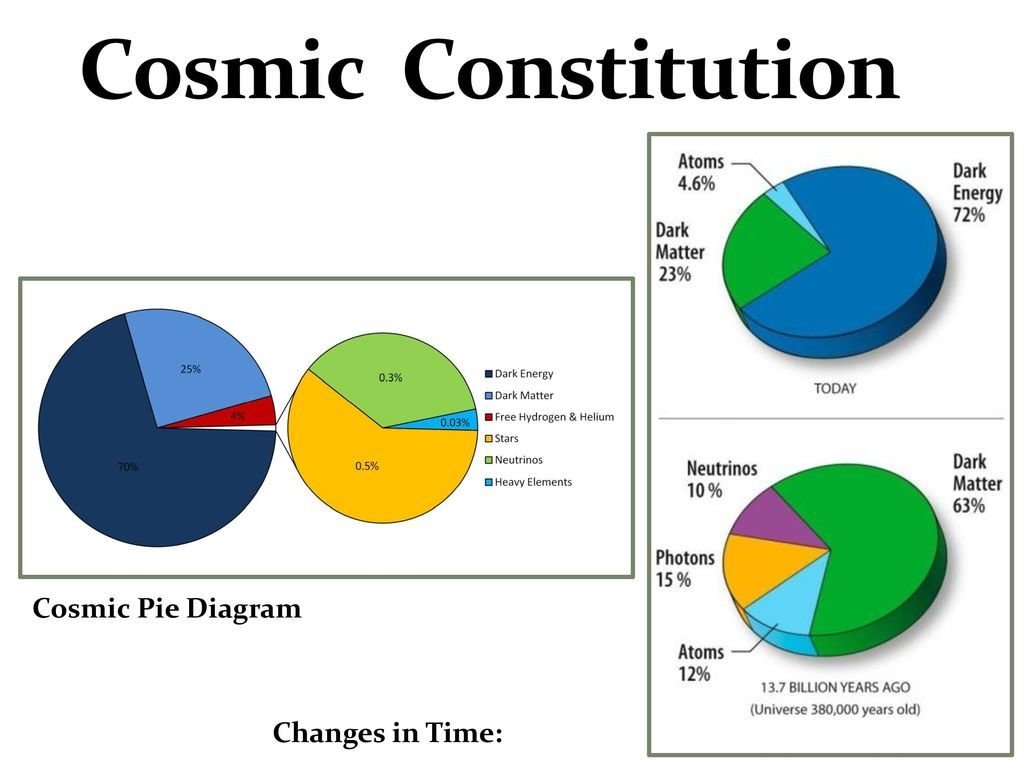
Santiago Casas @ alpha-Cen Escuela de Verano, 28.08.2021

Santiago Casas @ NineHubCR, 17.04.21

Los inicios históricos de la cosmología
- Einstein (1915) desarrolla la Teoría General de la Relatividad (TRG).
- El universo se creía estático y eterno (Einstein introduce la constante cosmológica Lambda)
- Se descubre que muchas nebulosas en realidad son galaxias muy lejanas
- Hubble (con datos de Leavitt y Slipher) descubren que las galaxias se alejan
- Lemaître desarrolla teoría del Big Bang a partir de una solución exacta a la TGR.
- Friedmann, Robertson y Walker desarrollan formalismo matemático.
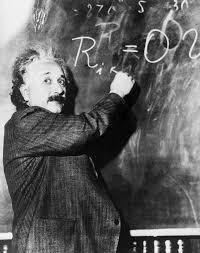
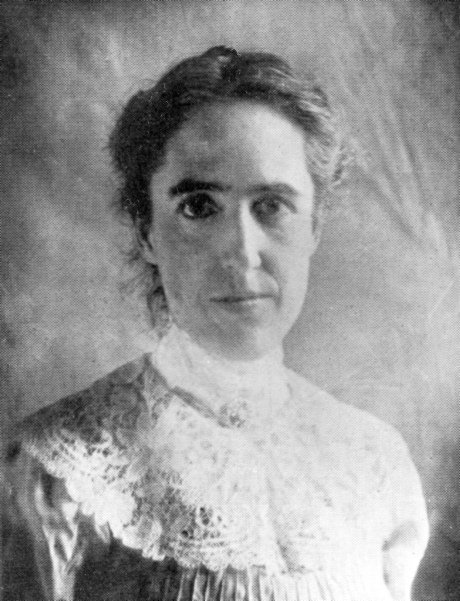
Henrietta Swan Leavitt
Santiago Casas @ alpha-Cen Escuela de Verano, 28.08.2021

Santiago Casas @ NineHubCR, 17.04.21

Las Ecuaciones de Einstein

Geometría y curvatura del espacio-tiempo
(funciones y derivadas de la métrica)
Contenido de energía y masa (momento) del Universo
métrica
Constante cosmológica
(energía del vacío)
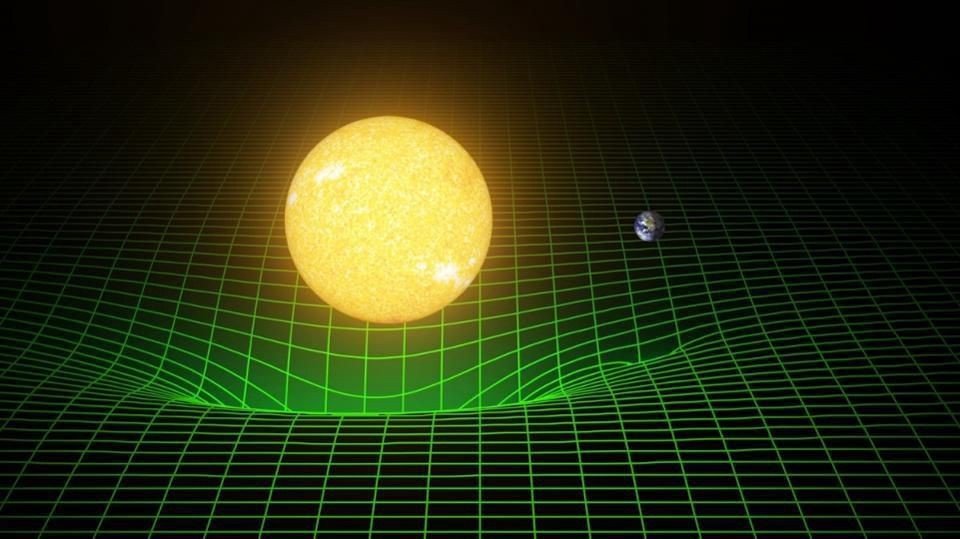
Santiago Casas @ alpha-Cen Escuela de Verano, 28.08.2021

Santiago Casas @ NineHubCR, 17.04.21

La escalera de distancias
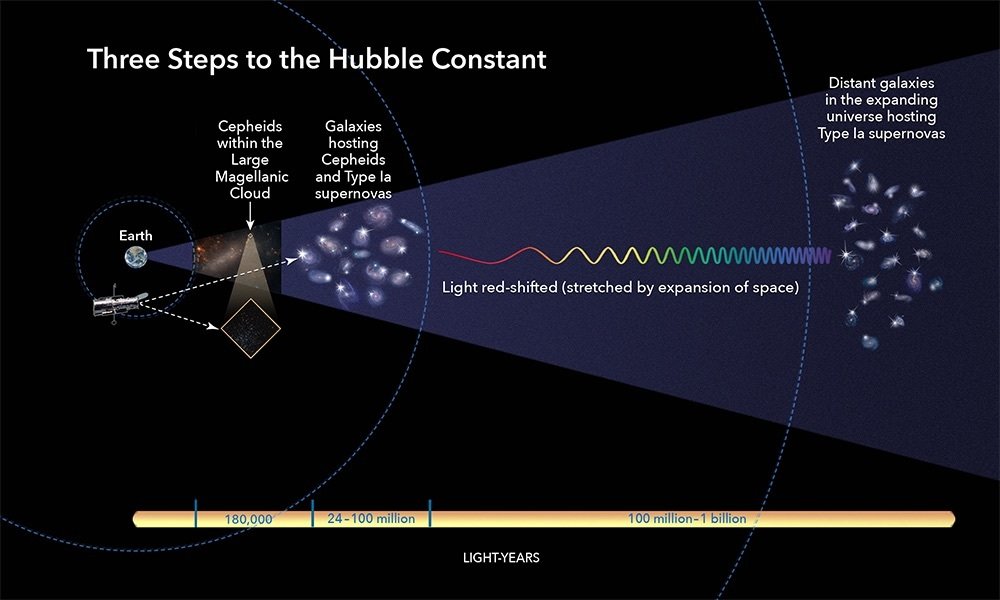



- Leavitt measures distances to Cepheids using their periodicities.
- Slipher discovers redshifts and galaxy velocities thanks to spectroscopy.
- Hubble links galaxy distances to velocities to "create Hubble's law".
Santiago Casas @ alpha-Cen Escuela de Verano, 28.08.2021

Santiago Casas @ NineHubCR, 17.04.21

Big Bang Theory and Friedmann's equations


- Lemaître extrapolates expansion backwards and proposes a "hot Big Bang start".
- Friedmann, Lemaître, Robertson and Walker develop the exact solution to Einstein's GR (FLRW metric).
- This solution reduces Einstein's field equation to the so called Friedmann equation.
- It links Hubble's parameter with the contents of the Universe
Santiago Casas @ alpha-Cen Escuela de Verano, 28.08.2021

Santiago Casas @ NineHubCR, 17.04.21

The Standard \(\Lambda\)CDM model
- Standard model of the Universe: \(\Lambda\)CDM: Lambda-Cold-Dark-Matter
- \(\Lambda\)CDM is still best fit to observations.
- Predictive model with few free parameters.
- Lensing
- CMB
- Clustering
- Supernovae
- Clusters

Concordance Cosmology:
Move forward 60 years ->
Santiago Casas @ alpha-Cen Escuela de Verano, 28.08.2021

Santiago Casas @ NineHubCR, 17.04.21

The Hubble Parameter


- Hubble's first measurement: 500 km/s/Mpc
- Difficult measurement due to systematics of distances and velocities
- Currently in tension between CMB and local probes
Santiago Casas @ alpha-Cen Escuela de Verano, 28.08.2021

Santiago Casas @ NineHubCR, 17.04.21

The discovery of the CMB
- Penzias and Wilson accidentally discover a microwave radiation coming from all directions in space.
- Had been predicted theoretically by Gamow and others in the 50's.
- They win 1978 Nobel prize for its disovery.
- It marks the start of cosmology as a precise, predictive science.


Santiago Casas @ alpha-Cen Escuela de Verano, 28.08.2021

Santiago Casas @ NineHubCR, 17.04.21

Cosmological Parameters
- Power spectrum of fluctuations
- \(\ell\) angular size of patches
- Mountains and valleys of spectrum (wiggles) are very sensitive to composition of Universe
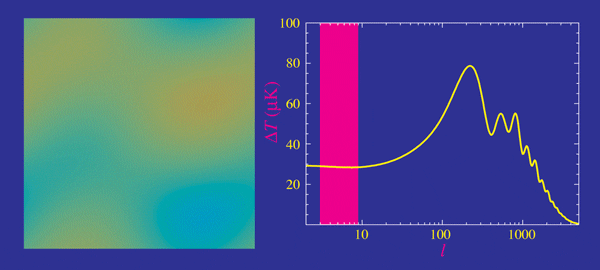

Santiago Casas @ alpha-Cen Escuela de Verano, 28.08.2021

Santiago Casas @ NineHubCR, 17.04.21

Supernovae Type Ia and the expansion
- 1998 two teams measure distances and brigthenss of Supernovae Type Ia.
- When plotted on a Hubble diagram (velocities vs distances) a a lot of "matter was missing".
- Can only be explained either by an empty Universe or a Dark Energy accelerated Universe.
- 2011: Perlmutter, Schmidt, Riess win Nobel prize for the discovery of the accelerated expansion.


Santiago Casas @ alpha-Cen Escuela de Verano, 28.08.2021

Santiago Casas @ NineHubCR, 17.04.21

Concordance Cosmology

- Joining results from different experiments yields a consisten cosmological model.
- The Universe is flat.
- Dark matter and normal matter represents only about 30% of the energy-mass budget.
- The Universe expands in an accelerated way.
Santiago Casas @ alpha-Cen Escuela de Verano, 28.08.2021

Santiago Casas @ NineHubCR, 17.04.21

Einstein's General Relativity
- \(\Lambda\)CDM is still best fit to observations.
- Some questions remain:
- \(\Lambda\) and CDM.
- Cosmological Constant Problem:

O(100) orders of magnitude wrong
(Zeldovich 1967, Weinberg 1989, Martin 2012).
Composed of naturalness and coincidence
sub-problems, among others.
Quantum Gravity?

Santiago Casas @ alpha-Cen Escuela de Verano, 28.08.2021

Santiago Casas @ NineHubCR, 17.04.21

Tensions in the \(\Lambda\)CDM model
- \(\Lambda\)CDM is still best fit to observations.
- Some questions remain:
- H0 tension, now ~5\(\sigma\)


Planck, Clusters and Lensing tension on clustering amplitude \(\sigma_8\)
KiDS 1000 Cosmology, arXiv:2010:16416
L.Verde, et al 2019. arXiv:1907.10625
Santiago Casas @ alpha-Cen Escuela de Verano, 28.08.2021

Santiago Casas @ NineHubCR, 17.04.21

How do we study the Large Scale Structure?

- In Large Scale Structure, every galaxy is just a point in a large field of density and velocity
Santiago Casas @ alpha-Cen Escuela de Verano, 28.08.2021

Santiago Casas @ NineHubCR, 17.04.21

How do we study the Large Scale Structure?
- In Large Scale Structure, every galaxy is just a point in a large field of density and velocity
- With current telescopes we can look further out billions of years

Santiago Casas @ alpha-Cen Escuela de Verano, 28.08.2021

Santiago Casas @ NineHubCR, 17.04.21

How do we study the Large Scale Structure?
- In Large Scale Structure, every galaxy is just a point in a large field of density and velocity
- With current telescopes we can look further out billions of years
- Galaxies trace density and velocity of underlying dark matter

Santiago Casas @ alpha-Cen Escuela de Verano, 28.08.2021

Santiago Casas @ NineHubCR, 17.04.21

How do we study the Large Scale Structure?
- Statistical correlations among these points give us information about the components of the Universe.
- The two-point correlation function is the most important statistical probe.

Santiago Casas @ alpha-Cen Escuela de Verano, 28.08.2021

Santiago Casas @ NineHubCR, 17.04.21

How do we study the Large Scale Structure?

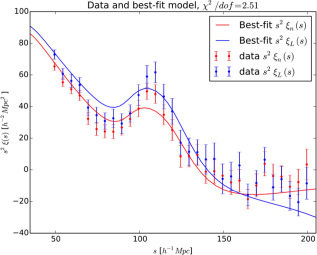
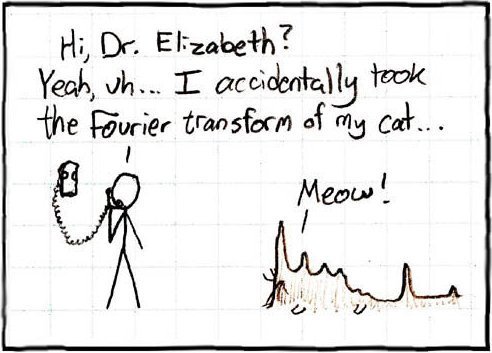
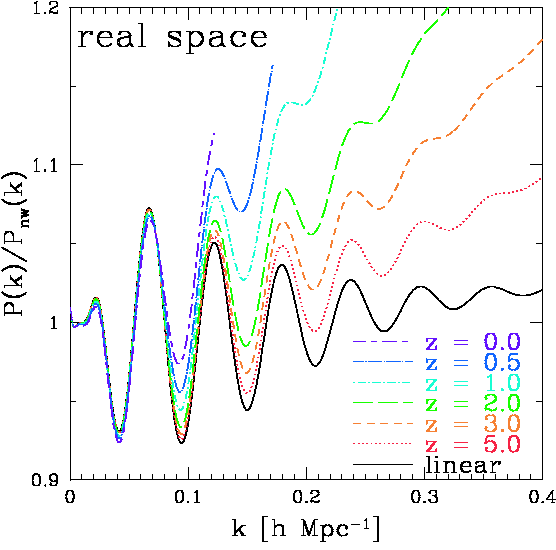
Fourier Transform
Galaxy positions and velocities
2-pt-correlation function
Power spectrum
Santiago Casas @ alpha-Cen Escuela de Verano, 28.08.2021

Santiago Casas @ NineHubCR, 17.04.21

The power spectrum in Large Scale Structure


BAO
Clustering
RSD

Spec-z
Euclid Collaboration, IST:Forecasts, arXiv: 1910.09273
Santiago Casas @ alpha-Cen Escuela de Verano, 28.08.2021

Santiago Casas @ NineHubCR, 17.04.21

The Power Spectrum


- Until now, only a few scales of the power spectrum have been measured independently.
Santiago Casas @ alpha-Cen Escuela de Verano, 28.08.2021

Santiago Casas @ NineHubCR, 17.04.21

The Power Spectrum

- Until now, only a few scales of the power spectrum have been measured independently.
- Future next-generation galaxy surveys, such as Euclid, will measure it with high-precision.
Santiago Casas @ alpha-Cen Escuela de Verano, 28.08.2021

Santiago Casas @ NineHubCR, 17.04.21

The Present and Future of Cosmology
Santiago Casas @ alpha-Cen Escuela de Verano, 28.08.2021

Santiago Casas @ NineHubCR, 17.04.21

The Euclid Space Satellite

Santiago Casas @ alpha-Cen Escuela de Verano, 28.08.2021

Santiago Casas @ NineHubCR, 17.04.21

The Euclid Space Satellite
Localizado en el punto de Lagrange L2

Santiago Casas @ alpha-Cen Escuela de Verano, 28.08.2021

Santiago Casas @ NineHubCR, 17.04.21

Future Galaxy Survey Missions

Santiago Casas @ alpha-Cen Escuela de Verano, 28.08.2021

Santiago Casas @ NineHubCR, 17.04.21

The Euclid Before and After

Santiago Casas @ alpha-Cen Escuela de Verano, 28.08.2021

Santiago Casas @ NineHubCR, 17.04.21

Large Scale Structure



Predicting future constraints, based mostly on the power spectrum
Santiago Casas @ alpha-Cen Escuela de Verano, 28.08.2021

Santiago Casas @ NineHubCR, 17.04.21

Complementarity of probes
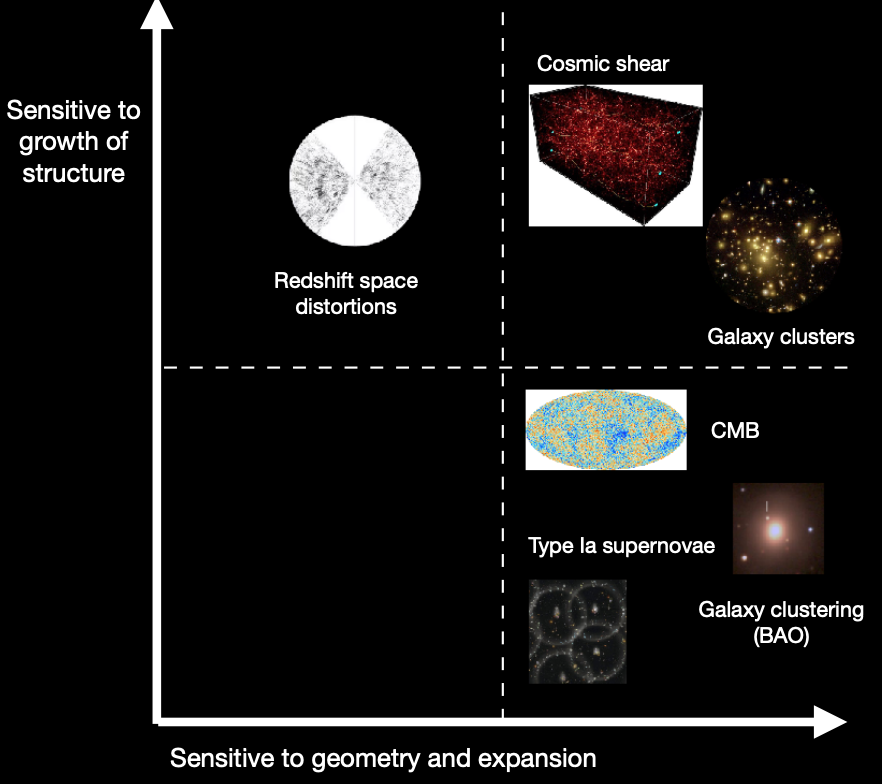
Credits: Sunayana Bhargava

21cm Intensity Mapping
Santiago Casas @ alpha-Cen Escuela de Verano, 28.08.2021

Santiago Casas @ NineHubCR, 17.04.21

What is the 21cm line?
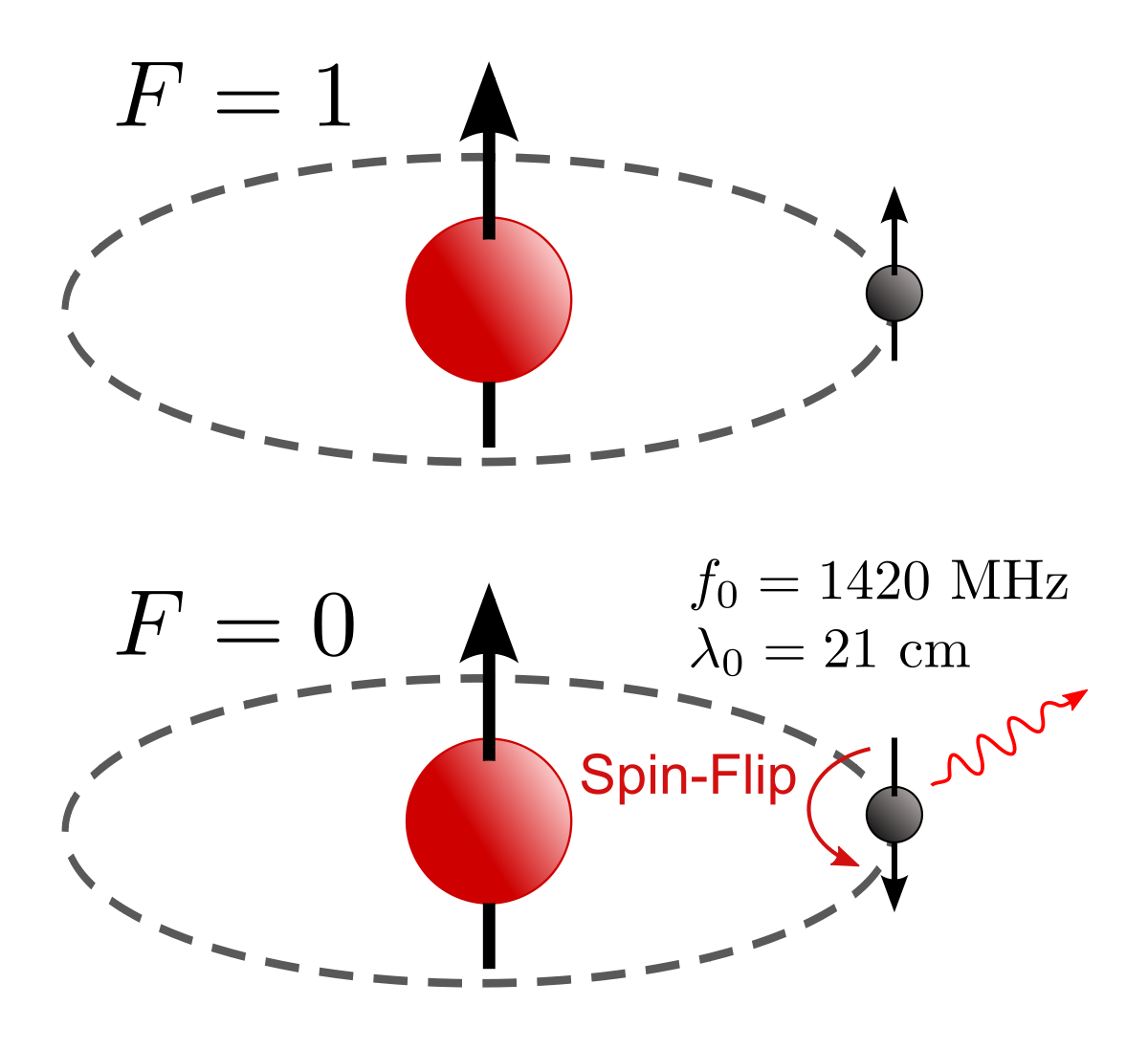

- Hyperfine transition line in neutral Hydrogen
- Spin-flip transition: very rare (once every ten million years)
- However, there is so much Hydrogen in the Universe, that we can observe this constantly.
- At 1420 MHz, it falls into the radio spectrum of EM waves.
- Therefore, we need Radioastronomy to study it!
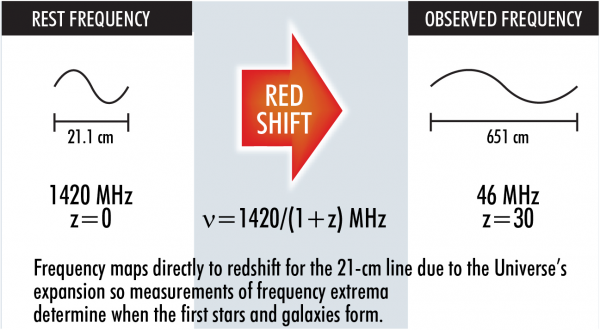
Santiago Casas @ alpha-Cen Escuela de Verano, 28.08.2021

Santiago Casas @ NineHubCR, 17.04.21

Cosmology with the 21cm line

- Cosmology with 21cm Intensity Mapping will close a gap in our understanding of the Universe!
- Access to redshifts never explored before!
Santiago Casas @ alpha-Cen Escuela de Verano, 28.08.2021

Santiago Casas @ NineHubCR, 17.04.21

First ever measure of the 21cm line -> 2010
Chang et al, Nature 2010
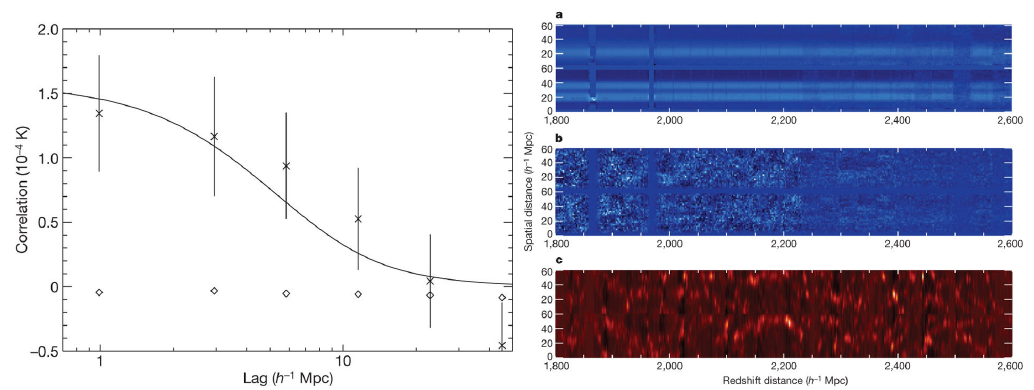

Intensity Mapping line detected in cross-correlation with galaxies
Foregrounds: 125mK
21cm signal: 460 \(\mu\)K
- Many astrophysical and instrumental challenges
Image credit: Isabella Carucci
Santiago Casas @ alpha-Cen Escuela de Verano, 28.08.2021

Santiago Casas @ NineHubCR, 17.04.21

Active field of research, many experiments!
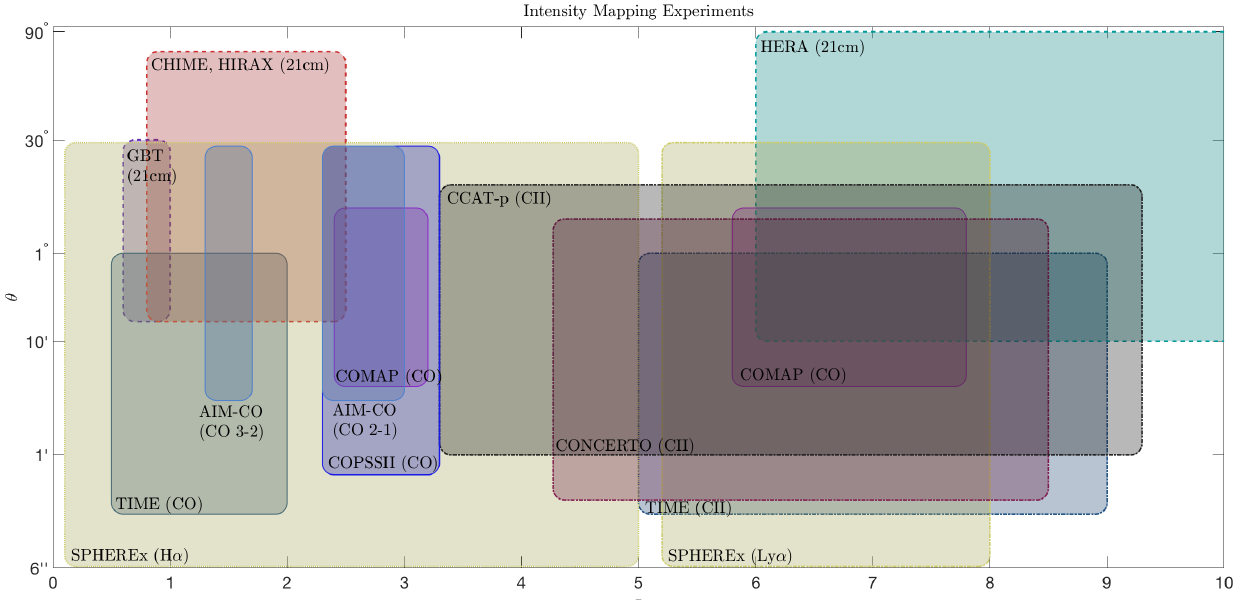
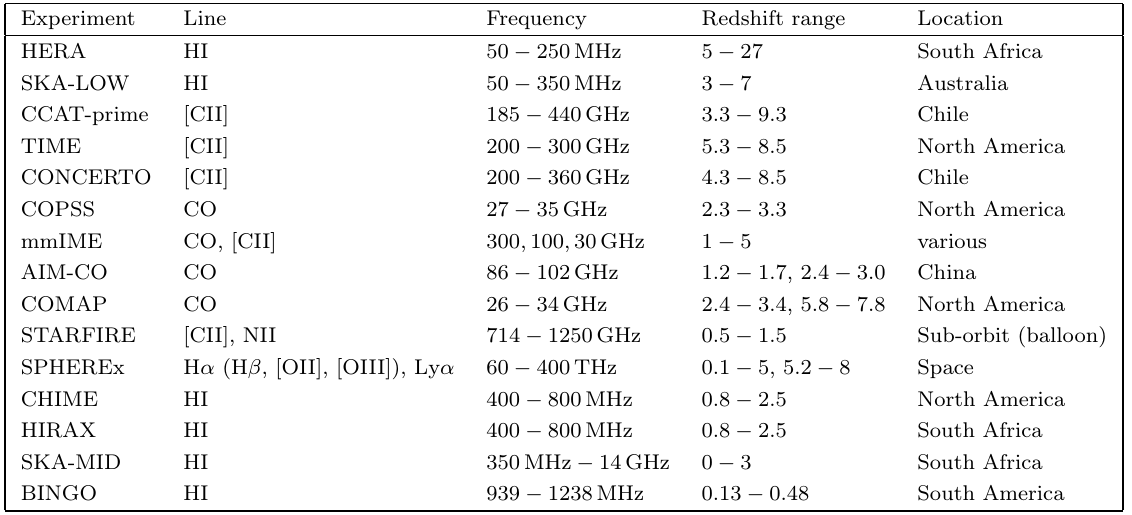
Current and future experiments covering most of the sky and redshift range
- Experiments all over the world!
- Unexplored redshift ranges for cosmology!
Santiago Casas @ alpha-Cen Escuela de Verano, 28.08.2021

Santiago Casas @ NineHubCR, 17.04.21

SKA Observatory, the next frontier!

Santiago Casas @ alpha-Cen Escuela de Verano, 28.08.2021

Santiago Casas @ NineHubCR, 17.04.21

SKA Phase 1 - expected for 2030

Image credit: Isabella Carucci
Santiago Casas @ alpha-Cen Escuela de Verano, 28.08.2021

Santiago Casas @ NineHubCR, 17.04.21

SKA Phase 1 - expected for 2030

Santiago Casas @ alpha-Cen Escuela de Verano, 28.08.2021

Santiago Casas @ NineHubCR, 17.04.21

SKA members at CosmoStat Paris-Saclay

Santiago Casas @ alpha-Cen Escuela de Verano, 28.08.2021

Santiago Casas @ NineHubCR, 17.04.21

Tensions in \(\Lambda\)CDM




- Tensions in Hubble expansion parameter
- Tensions in Lensing
Santiago Casas @ alpha-Cen Escuela de Verano, 28.08.2021

Santiago Casas @ NineHubCR, 17.04.21

Alternatives to \(\Lambda\)CDM
Ezquiaga, Zumalacárregui, Front. Astron. Space Sci., 2018
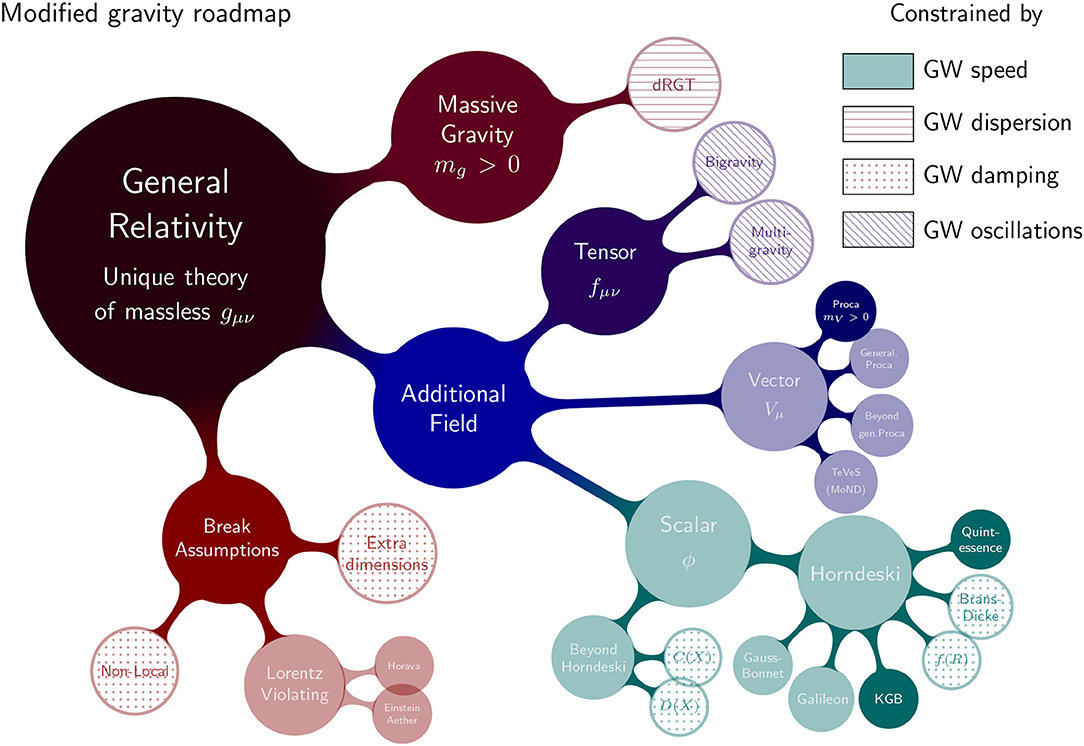
Santiago Casas @ alpha-Cen Escuela de Verano, 28.08.2021

Santiago Casas @ NineHubCR, 17.04.21

Parametrized modified gravity

In \(\Lambda\)CDM the two linear gravitational potentials \(\Psi\) and \(\Phi\) are equal to each other
We can describe general modifications of gravity (of the metric) at the linear level with 2 functions of scale (\(k\)) and time (\(a\))
Only two independent functions
Santiago Casas @ alpha-Cen Escuela de Verano, 28.08.2021

Santiago Casas @ NineHubCR, 17.04.21

Late-time parametrization: Planck constraints


- Using Planck satellite data in 2015 and 2018, constraints were obtained on these two functions \(\mu\) and \(\eta\).
- Late-time parametrization: dependent on Dark Energy fraction
Planck 2015 results XIV, arXiv:1502.01590
Planck 2018 results VI, arXiv:1807.06209

Casas et al (2017), arXiv:1703.01271
Forecasts for Stage-IV surveys in:
Santiago Casas @ alpha-Cen Escuela de Verano, 28.08.2021

Santiago Casas @ NineHubCR, 17.04.21

Weak Lensing
- Influence of matter-energy: galaxies align and get distorted
- Correlation function
of cosmic shear: information about matter content
and expansion.


Directly constrains MG function \(\Sigma\) through Weyl potential
Santiago Casas @ alpha-Cen Escuela de Verano, 28.08.2021

Santiago Casas @ NineHubCR, 17.04.21

Large Scale Structure and Neutrinos
- Neutrinos affect structure formation
- Neutrinos affect dark matter halo structures
- Neutrinos coupled to Dark Energy could cause temperature fluctuations in CMB and 21cm lines.


In Casas et al (2016) we studied predictions of these models on the cosmological observables
Santiago Casas @ alpha-Cen Escuela de Verano, 28.08.2021

Santiago Casas @ NineHubCR, 17.04.21

Galaxy Clustering - IM Synergies
- SKA1 and Euclid probe complementary redshifts in spectroscopic GC.
- IM and GC cross-correlation offers gain in information and reduction of systematics
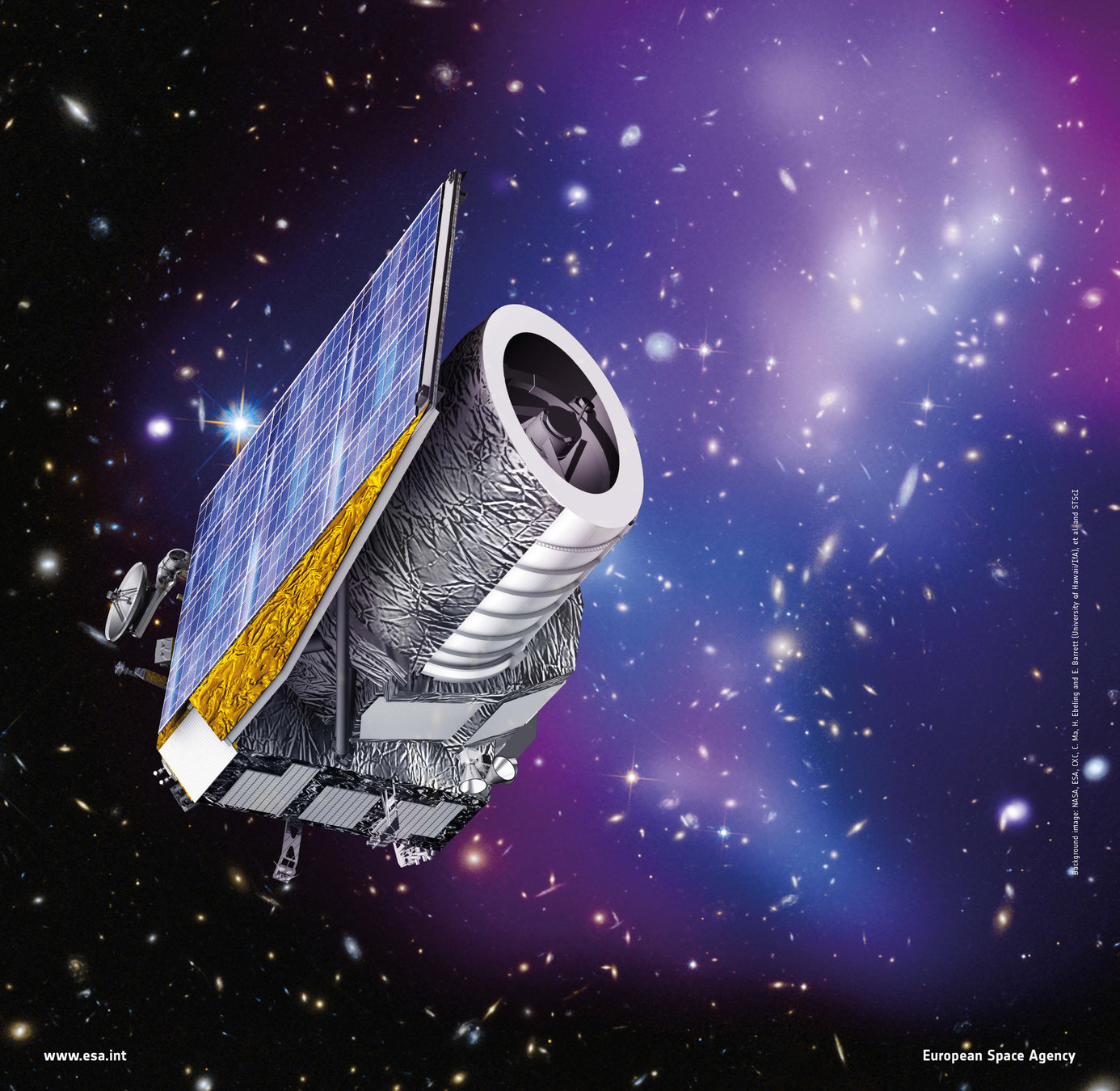
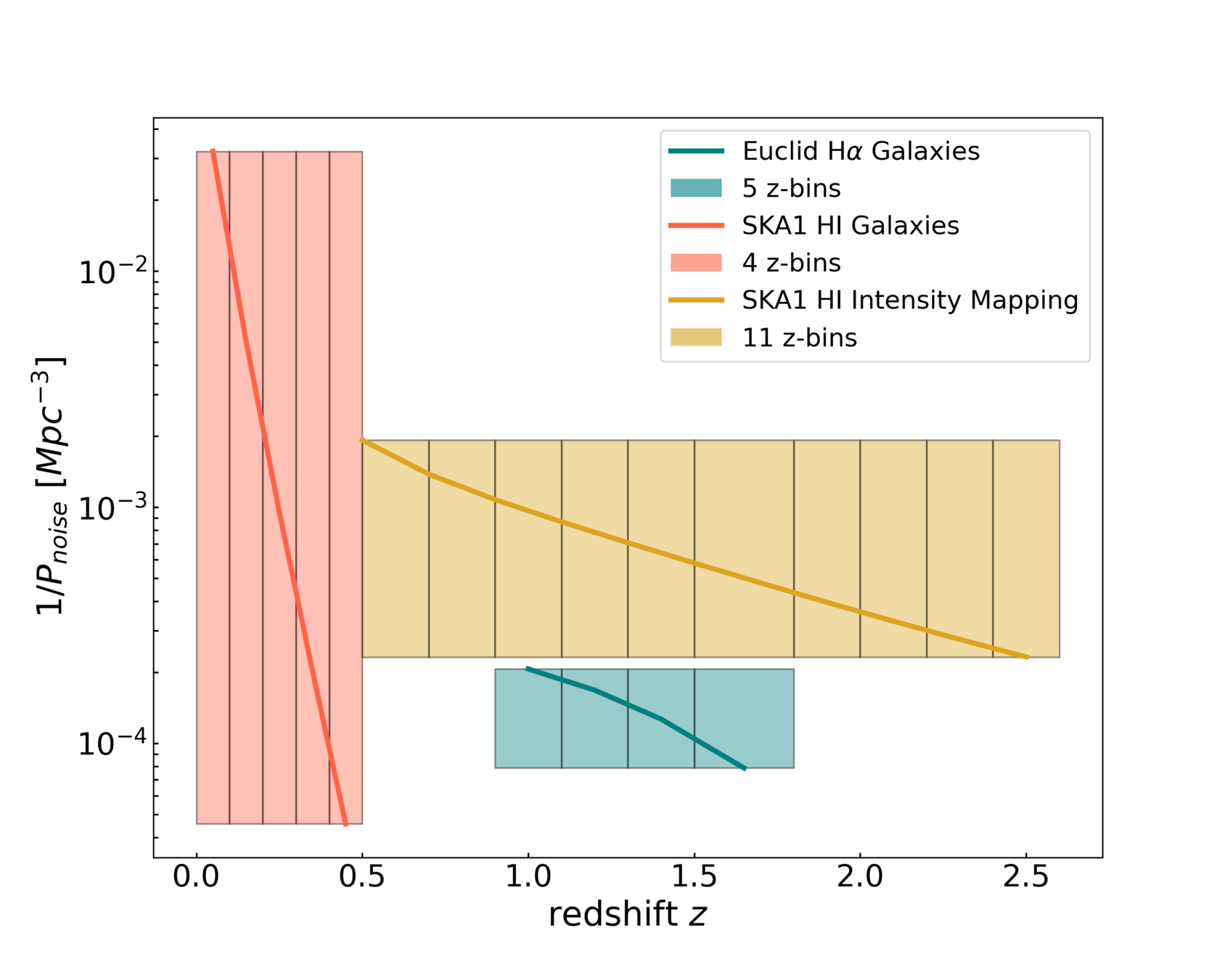
Santiago Casas @ alpha-Cen Escuela de Verano, 28.08.2021

Santiago Casas @ NineHubCR, 17.04.21

SKA1 Forecasts
SKA1:
GCsp (HI galaxies) , GC+WL+XC (Continuum), + IM (HI 21cm)
Combined constraints on \(\mu\)-\(\Sigma\) ~ 3%
PRELIMINARY

Santiago Casas @ alpha-Cen Escuela de Verano, 28.08.2021

Santiago Casas @ NineHubCR, 17.04.21

SKA1 Results
SKA1:
GC+WL+XC (Continuum) +
IM (HI 21cm) + GCsp(HI)
+ Planck'15
- Planck provides information on \(\Omega_{b}, \, \Omega_{m}\) but also on the MG parameter \(\Sigma\).
- In the \(\mu\)-\(\Sigma\) plane it complements very well with the IM constraints.
- Combined constraints on \(\Sigma\) ~ 1.5%
PRELIMINARY

Santiago Casas @ alpha-Cen Escuela de Verano, 28.08.2021

Santiago Casas @ NineHubCR, 17.04.21

Text
Other Future Probes
Santiago Casas @ alpha-Cen Escuela de Verano, 28.08.2021




LSST Vera Rubin Observatory: Weak Lensing
DESI: Galaxy Clustering
LiteBird: CMB
LIGO: Gravitational Wave Sirens

Santiago Casas @ NineHubCR, 17.04.21

Text
Conclusiones
- La cosmología se ha vuelto una ciencia de precisión gracias a la radiación cósmica de microondas (CMB) y a los escaneos de redshifts de galaxias.
- Gracias a estas pruebas sabemos los componentes del Universo con precisión de 1%.
- No obstante, aún tenemos rangos en el tiempo y en escalas que no han sido explorados, que podrán ser explorados con la línea de 21cm de hídrogeno.
- Mucho que aprender sobre reionización, las épocas oscuras y las formaciones de estructura.
- Actuales y futuras observaciones con la línea de 21cm serán pruebas fundamentales de la gravedad y cosmología y resolverán las tensiones en los datos.
- El observatorio SKA y el satélite Euclid son muy complementarios en esta tarea. Aún mucho por descubrir!
Santiago Casas @ alpha-Cen Escuela de Verano, 28.08.2021


PRELIMINARY


SKA1 Surveys

HI galaxies spectroscopic survey
- GCsp: HI galaxy spec. redshift survey: \(0.0 < z < 0.5\)
probes 3D matter power spectrum in Fourier space.
SKA1 Redbook 2018, arXiv:1811.02743
SKA1 Medium Deep Band 2: \(5000 \, \rm{deg}^2\)


SKA1 Surveys
- GCsp: HI galaxy spec. redshift survey: \(0.0 < z < 0.5\)
probes 3D matter power spectrum in Fourier space -
GCco + WL + XCco (Continuum): \(0.0 < z < 3.0 \)
probes angular clustering of galaxies, Weak Lensing (Weyl potential) and galaxy-galaxy-lensing.
Angular number density:
\( n \approx 3.2 \rm{arcmin}^{-2}\)
SKA1 Redbook 2018, arXiv:1811.02743
SKA1 Medium Deep Band 2: \(5000 \, \rm{deg}^2\)

Continuum galaxy survey


SKA1 Surveys
- GCsp: HI galaxy spec. redshift survey: \(0.0 < z < 0.5\)
probes 3D matter power spectrum in Fourier space -
GCco + WL + XCco (Continuum): \(0.0 < z < 3.0 \)
probes angular clustering of galaxies, Weak Lensing (Weyl potential) and galaxy-galaxy-lensing.
Angular number density:
\( n \approx 3.2 \rm{arcmin}^{-2}\)
*kindly provided by Stefano Camera
SKA1 Medium Deep Band 2: \(5000 \, \rm{deg}^2\)
Continuum galaxy survey
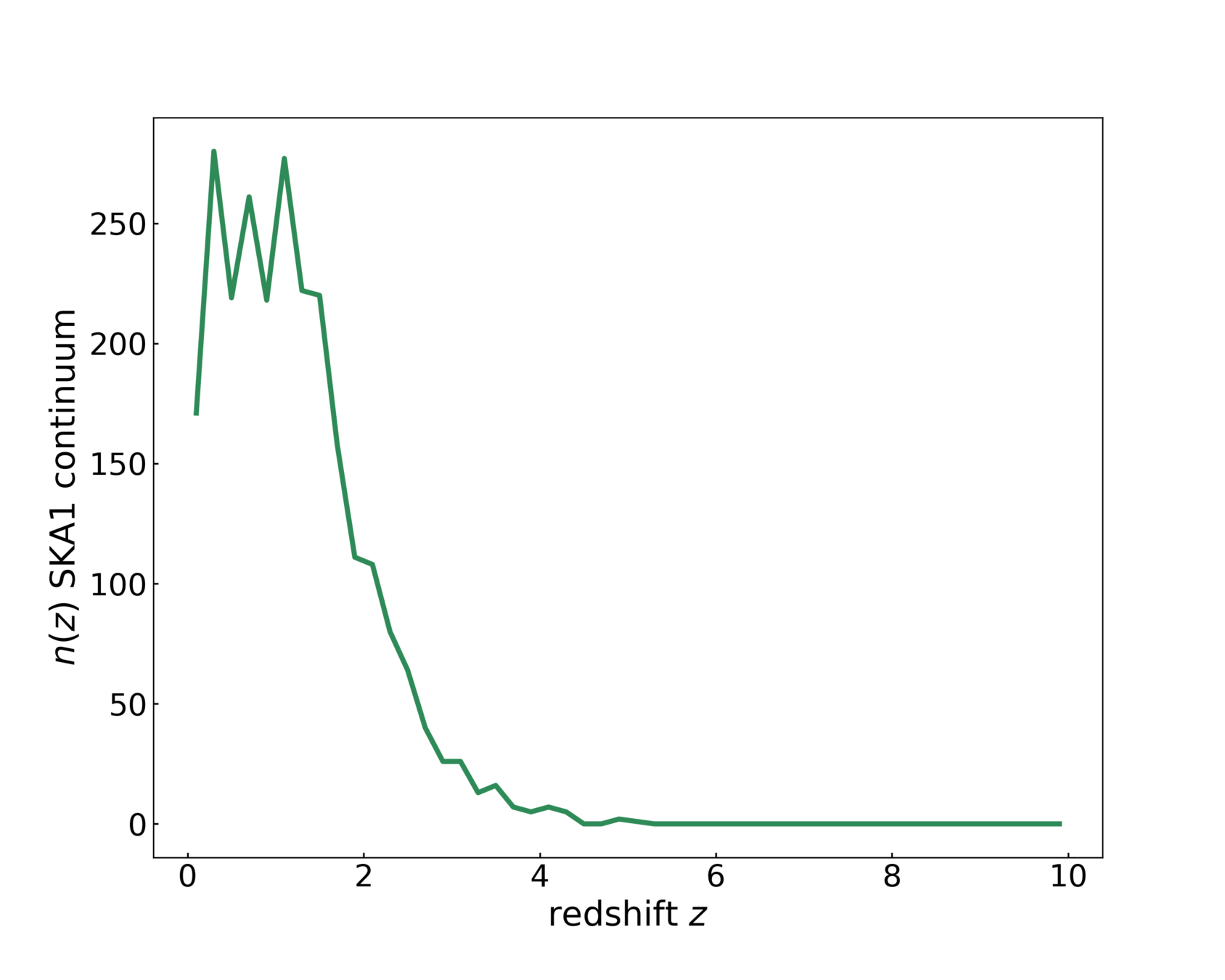
Backup slide

Backup slide

Backup slide

Backup slide

Backup slide

Backup slide
